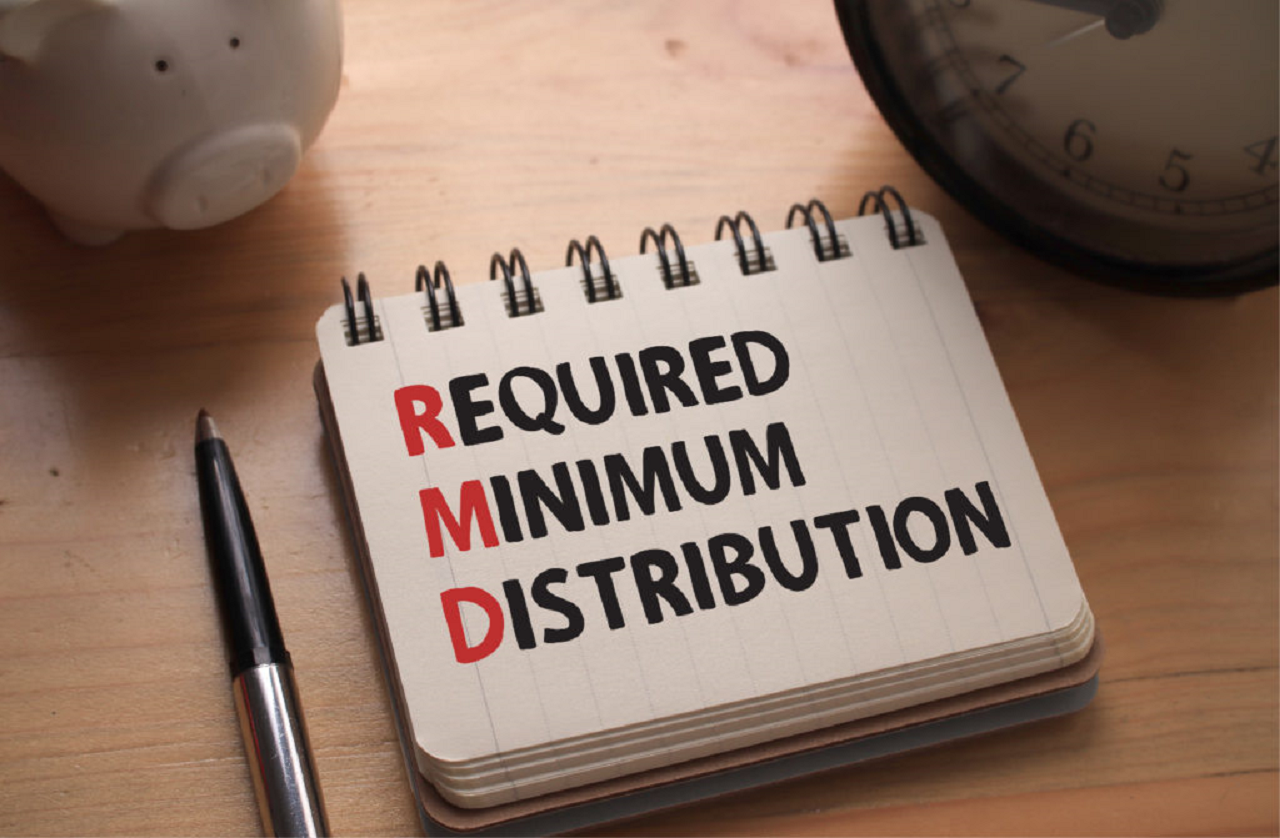The Ins and Outs of RMDs – Explained

Last time, we talked about allocating your retirement portfolio.
In this post, we are going to dive into required minimum distributions (RMDs) – those withdrawals from retirement plans you must take, or else face a hefty tax penalty.
As we’ve discussed previously (here and here), the rules governing RMDs changed considerably when the Setting Every Community Up for Retirement Enhancement (SECURE) Act was signed into law in December of 2019. There may be further changes as the U.S. Senate is working on what’s being called SECURE 2.0 – the Securing a Strong Retirement Act, the House of Representative’s version having passed in March of 2022.
But at present, here’s the skinny, generally speaking:
- RMDs are applicable to any and all qualified employer sponsored retirement plans. These include profit-sharing plans, 401(k)s, 403(b)s, 457(bs), and IRA-based plans such as Simplified Employee Pension plans (SEPs), Savings Incentive Match Plans for Employees (SIMPLE IRAs), and Salary Reduction Simplified Employee Pension Plans (SARSEPs).
- RMD are also applicable to individually owned IRAs – with the exception of Roth IRAs. For the original owner, funds in a Roth IRA are not subject to RMD rules.
- For those who did not reach age 70½ before January 1, 2020 (who remain subject to prior RMD governance), RMDs must be taken starting no later than April 1 of the year following your turning age 72, or, in the case of 401(k)s, 403(bs), and similar plans, the year in which you retire, if later.
- But if you own more than 5% of the business which sponsors your retirement plan, you must begin taking RMDs by April 1 of the year following your reaching age 72, whether you’ve retired or not.
- Your RMD is calculated based on one of three IRS tables – depending on whether your spouse is the sole beneficiary and his/her age, whether another person is a beneficiary, or whether you are calculating an RMD on an IRA you’ve inherited.
- With some retirement accounts, you do not necessarily have to take an RMD from each and every retirement account you have – but the distributions must come from a like plan – e.g., if you have three IRAs, you must calculate the RMDs on each account, but you can withdraw the full RMD from a single IRA. The same is true for 403(bs).
- However, RMDs from 401(k)s and 457(b)s must be taken from each individual plan account.
- If you are the surviving spouse and sole beneficiary of your deceased spouse’s IRA, you can elect to be treated as the owner of the IRA, rather than as the beneficiary. By electing to be treated as the owner, you determine the required minimum distribution as if you were the owner, beginning with the year you elect or are considered to be the owner.
Spousal beneficiaries also have the option to roll over the inherited IRA funds, or a portion of the funds, into their existing individual retirement account. Spouses have 60 days from receiving the inherited distribution to roll it over into their own IRA as long as the distribution is not a required minimum distribution. By combining the funds, the spouse doesn’t need to take a required minimum distribution until they reach the age of 72. - Becoming the owner of the IRA funds can be a good choice if the deceased spouse was older than the spousal beneficiary because it delays the RMDs. If the IRA is a Roth account, and you are the surviving spouse, you can treat it as if it had been your own Roth all along.
- However, the inheritance rules governing Roth IRAs for non-spousal beneficiaries can be especially confusing. In a nutshell, a Roth’s original account-holder never has to take RMDs, nor does a spousal beneficiary. Those non-spouses who inherit Roth IRAs do, however—unless they fall into one of the exception categories, like being a minor child. However, these minors must be direct descendants (no grandchildren, in other words), and, once they reach majority age, the 10-year rule for emptying the account kicks in for them too.
- The SECURE Act distinguishes between eligible designated beneficiaries and other beneficiaries who inherit an IRA or other retirement account. Designated beneficiaries who are not eligible designated beneficiaries, must withdraw the entire account balance by the 10th calendar year following the year of the employee or account owner’s post-2019 death. Non-designated beneficiaries must withdraw the entire account within 5 years of the employee or IRA owner’s death if distributions have not begun prior to the original owner’s death.
- If you fail to take the full RMD by the required deadline, the IRS assesses a 50% penalty on the amount you did not take in distribution. You can request that the penalty be waived if you can demonstrate that the incorrect distribution was taken due to reasonable error. Note that the House version of SECURE 2.0 would reduce this penalty to 25% of the undistributed funds.
Exceptions to the 10-Year Rule:
There are, as indicated, exceptions to the 10-year rule for certain types of beneficiaries:
- a surviving spouse
- a disabled or chronically ill person
- a child who hasn’t reached the age of majority
- a person not more than 10 years younger than the account owner
These beneficiaries are not obligated to empty the retirement account. But, unless they can treat the account as their own, they do have to take annual RMDs from it; the exact amount can be calculated based on their own life expectancy.
Generally, such beneficiaries have until December 31 of the year following the account owner’s death to start doing taking RMDs. However, if the original account owner was required to take an RMD in the year they died but hadn’t yet, the beneficiary is required to take that RMD for them in that year—and in the amount that the deceased would have withdrawn. Additionally, a surviving spouse beneficiary may delay commencement of distributions until the later of the end of the year that the employee or account owner would have attained age 72, or the surviving spouse’s required beginning date.
Given that we are dealing with the IRS, the above is greatly simplified for reading comprehensibility. If you have inherited a retirement account, we cannot recommend too strongly that you consult with your financial planner – s/he can grasp the particulars of your situation, your own needs and goals, and guide you toward the solution which best fits your life.
Please click here to email us directly – let us know how we can help.
Until next time –
Peace,
Eric
